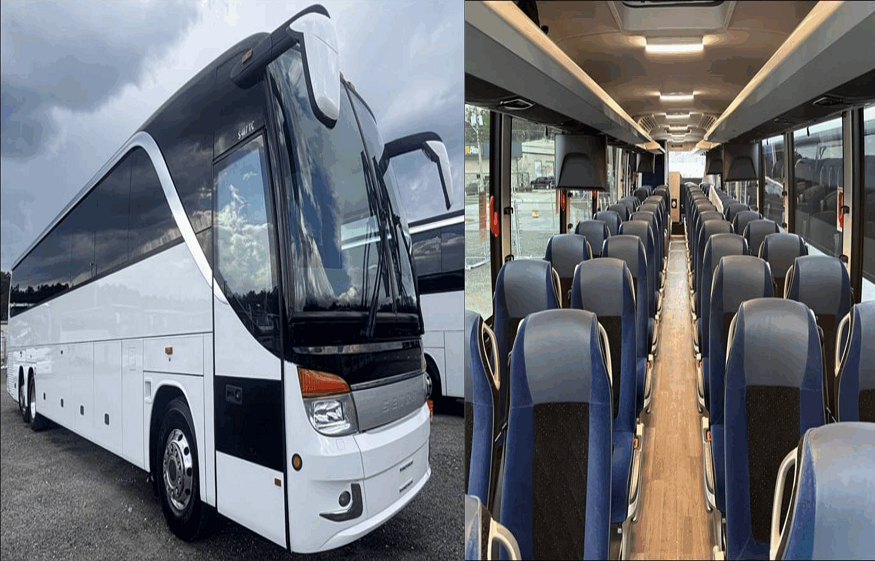Corporate retreats are meant to refresh, reset, and reconnect teams away from the usual work setting. When planned well, they provide a unique opportunity for building camaraderie, sharing ideas, and nurturing morale. But without structure, they can easily become overwhelming and disorganised. Ensuring the experience is smooth, meaningful, and stress-free requires thoughtful preparation from the very beginning.
Set Clear Goals from the Start
Before diving into logistics, it’s important to determine the retreat’s main objectives. Whether it’s strengthening team dynamics, brainstorming new strategies, or simply offering rest and reward, having a clear purpose helps shape the schedule, tone, and activities. When everyone understands the retreat’s goals, expectations become easier to manage, and the experience feels more cohesive.
Choose a Suitable Location
The environment plays a crucial role in setting the mood of the retreat. A serene location away from the usual workplace can encourage relaxation and creativity. Accessibility, safety, and comfort should be prioritised, especially when dealing with a large group. Opting for a location that is reachable within a reasonable timeframe helps reduce travel fatigue and makes transitions between sessions more manageable.
Coordinate Group Travel with Ease
Transport can be one of the most overlooked sources of stress during a corporate retreat. Instead of relying on multiple cars or flights, consider streamlined options such as a bus charter to Malaysia for cross-border getaways. Travelling together allows for informal bonding before the retreat even begins, while also eliminating the risk of miscommunication or delays from scattered arrival times.
Balance Structure with Flexibility
A well-planned itinerary offers a sense of direction, but it shouldn’t feel rigid or overly packed. Allowing time for rest, exploration, or impromptu conversations can be just as valuable as the scheduled workshops or sessions. A retreat should feel intentional yet relaxed, where participants can absorb, contribute, and recharge without the pressure of constant activity.
Cater to Different Personality Types
Not everyone thrives in high-energy group settings. Some may prefer quiet reflection, while others enjoy team challenges or brainstorming sessions. Incorporating a mix of individual, small-group, and full-group activities helps ensure that everyone feels seen and included. Respecting different working and communication styles leads to better engagement and more meaningful outcomes.
Create Comfortable Shared Spaces
The physical space where the retreat unfolds should encourage openness and ease. Seating arrangements, lighting, and even the layout of breakout areas can influence how people interact and participate. Comfort is key, especially during long sessions, and small details like refreshments or casual seating can make a noticeable difference in how the day feels.
Streamline Communication Throughout
From initial invitations to on-site updates, keeping communication simple and clear is vital. Sharing itineraries, location details, packing suggestions, and session outlines in advance helps participants prepare and reduces last-minute confusion. During the retreat, using a single platform or method to relay updates avoids information getting lost or overlooked.
Plan for a Strong Finish
Ending the retreat on a high note leaves a lasting impression. Whether it’s a reflection session, a group meal, or a fun activity, the final moments should reinforce the retreat’s purpose and allow people to reconnect before returning to their usual routines. A strong ending brings closure and can reignite motivation as the team returns to work.
A corporate retreat doesn’t need to be complicated to be effective. With thoughtful planning, clear communication, and a focus on comfort and connection, it can become an energising experience rather than a stressful one. Taking care of essentials like transportation helps maintain structure and focus, allowing everyone to make the most of their time away.



